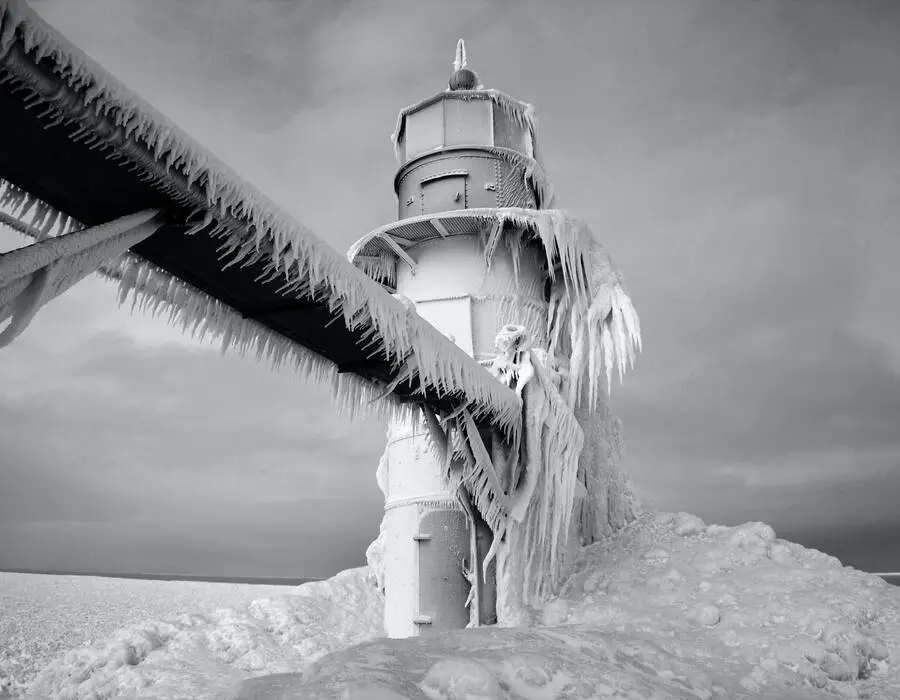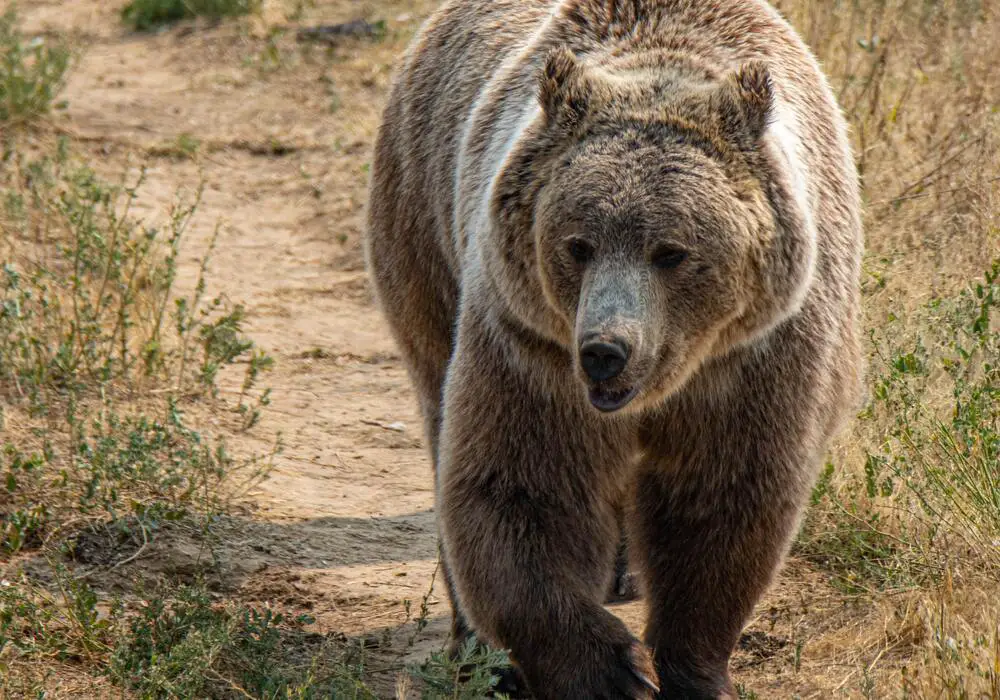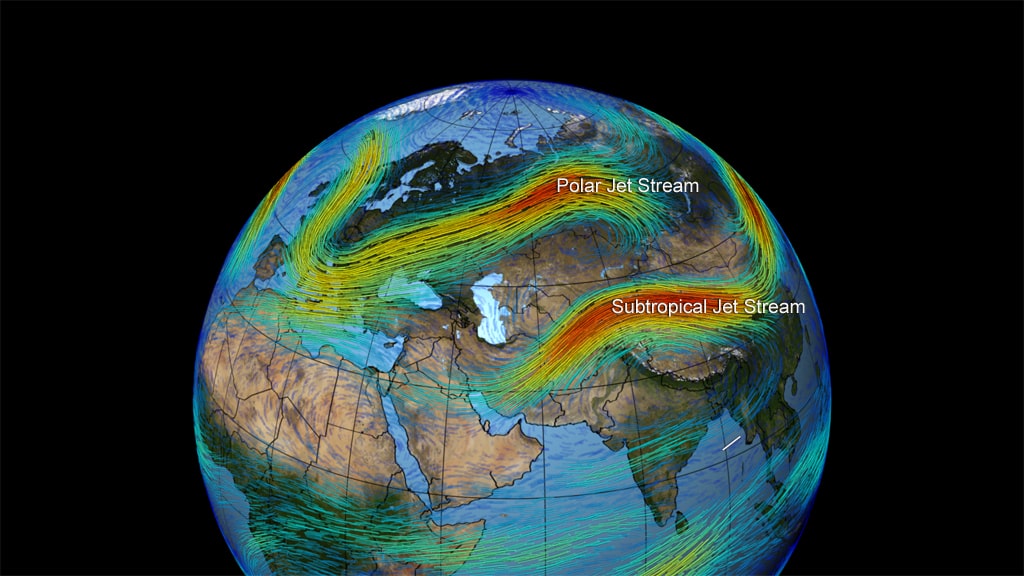We often hear or see the effects of global warming in our daily lives: heat waves, hurricanes, floods, forest fires… These extreme events have always existed, but global warming is making them more frequent and more threatening.
Table of Contents
Floods
In July 2021, torrential rains fell in Germany, the Netherlands and Belgium. These rains caused loss of lives. Due to climate change, such extraordinary events can occur even in the middle of summer. According to a study by World Weather Attribution (WWA), the probability of such an event is 1.2 to 9 times higher today than in the pre-industrial era, due to global warming.
Another study from Newcastle University indicates that “slow storms” (which increase precipitation over a given area) could become 14 times more frequent in Europe by the end of the century. The explanation is quite simple: the warmer the weather, the more water it holds. Scientists estimate that for every 1°C increase, the atmosphere retains about 7% more humidity.
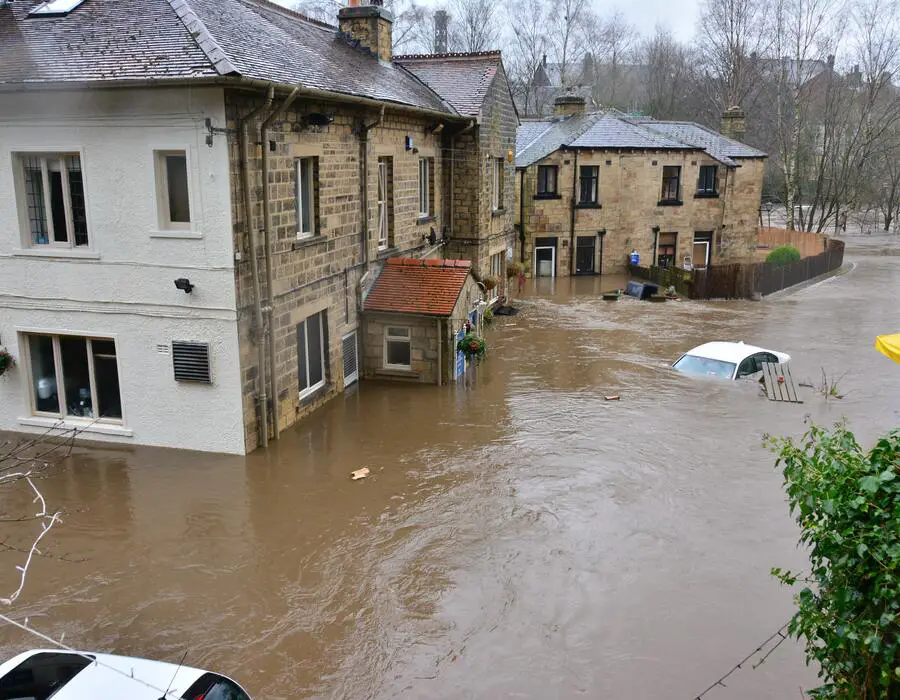
Hurricanes
29 tropical storms were recorded in the Atlantic in 2020, this is a record! However, weather simulations show that warming will not make hurricanes more frequent, but rather more intense with stronger winds and higher precipitation.
According to a study, hurricanes also penetrate inland: they thrive in warmer oceans, absorbing and storing more moisture, which prevents them from weakening when they reach land.
Hurricanes can stay in the same place for a longer time and cause more damage. “Anthropogenic warming can lead to a significant slowdown in the movement of hurricanes, particularly in some highly populated mid-latitude regions such as Japan or the East Coast of the United States,” author Gan Zhang says in a study published in 2020 in the journal Science Advance.
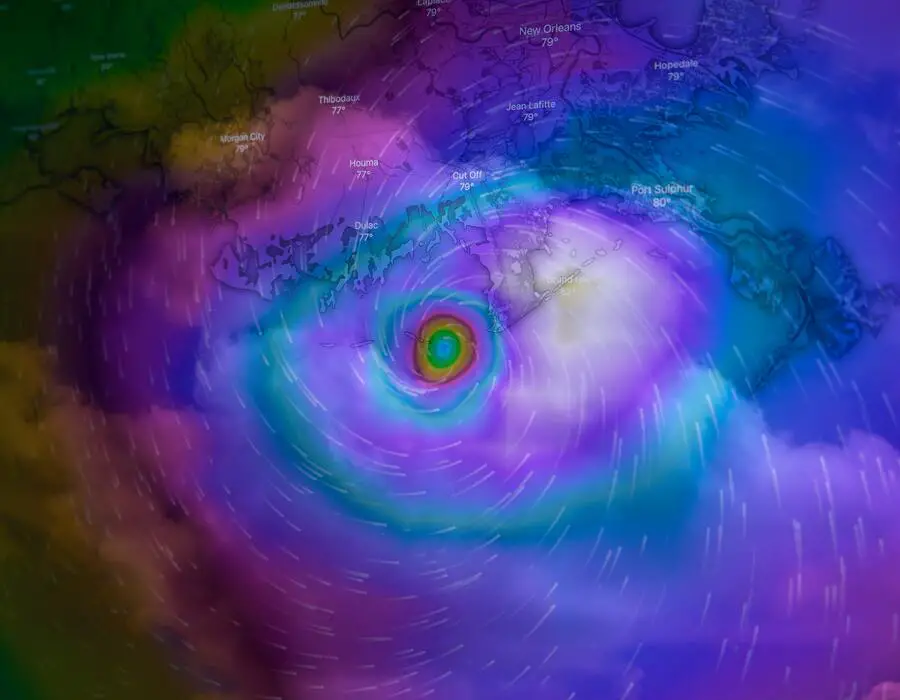
Heat wave
In June 2021, Canada experienced an unprecedented heatwave with temperatures exceeding 45°C in some cities, sometimes exceeding the seasonal norms of 20°C. According to a study conducted by Zurich Polytechnic, if greenhouse gas emissions continue at the same rate, intense heat waves will become two to seven times more frequent in the next thirty years.
Another study from 2020, heat waves in the Mediterranean region of the period between 1980 and 2017 increased by 6.4 days per decade. It looks like these numbers will continue to increase over the last year.

Lightning strikes
According to the calculations made by the University of Berkeley in the United States, lightning strikes may increase by 12% with one degree increase in global warming, and by 50% in the United States this century. David Romps, lead author of the study “ This is explained by an increase in water vapor in the atmosphere that feeds the movement of hot air currents. The faster the hot air masses rise in the upper atmosphere, the more lightning occurs. “
Another study reveals that the frequency of lightning may double in the Arctic by the end of the century. All these are not without consequences: In addition to the lightning danger for humans and animals, it also causes serious damage to forests: According to a study conducted by the Smithsonian Tropical Research Institute, a lightning strike damages a total of 23.6 trees and destroys 5.5 of them.
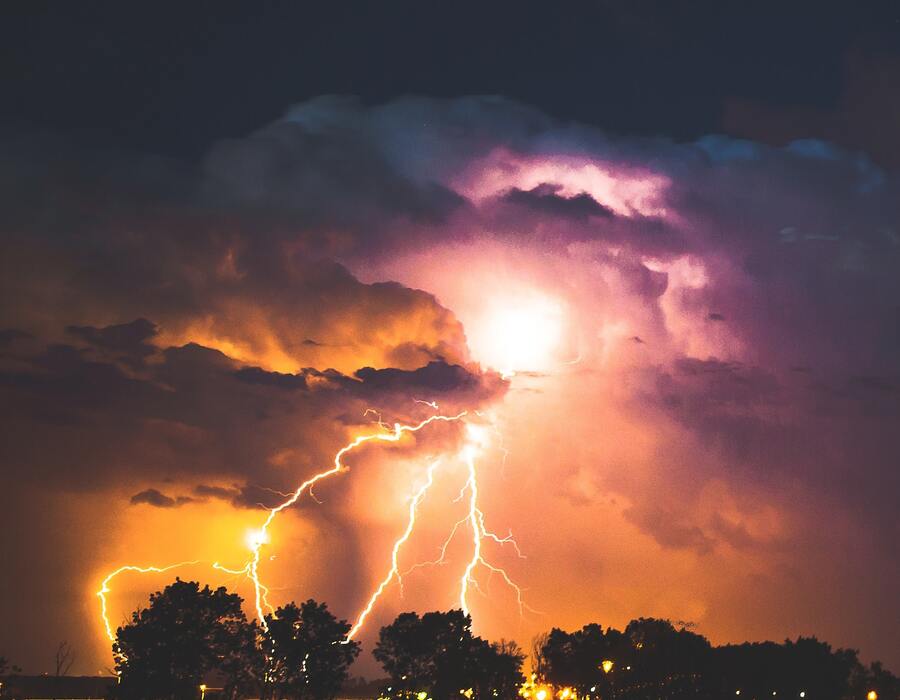
Sea level rise
Global warming causes the glaciers to melt faster and the ocean water to warm up. In order to raise the sea level, these two merging threaten the cities located on the coasts. According to a study conducted in 2017, an increase of 5 to 10 centimeters in sea level will double the frequency of flooding in tropical regions between 2030 and 2050.
Therefore, 100-year floods (which have a 1 in 100 chance in any given year) may recur annually on some US coasts, one American study found. Coastal cities are even more threatened because they also suffer from coastal erosion: the more the ocean occupies on land, the more sand it carries with it and weakens the rocks, increasing the risk of landslides.

Wildfires
At least 350 million hectares of forest burned worldwide in 2019. Australia, Siberia, Europe, United States, Indonesia… According to a study published in 2020, global warming clearly increases the risk of wildfires due to a combination of adverse events: high temperatures, low humidity, low precipitation and strong winds.
Thus, we are seeing a 20% extension of the fire season globally, as a result of more burnt surfaces. In 2019, 6,375 megatons of CO2 emissions were released into the atmosphere due to forest fires, causing about 20% of total greenhouse gas emissions during the year.

Extreme cold temperatures
It may seem contrary to its name, but warming can also increase the likelihood of extreme cold events. The researchers found that the recent cold airwaves observed in North America and East Asia are linked to the warming of the stratosphere and the retreat of ice in the northern seas.
On the other hand, the poles tend to warm faster than the equator. “The lower the temperature difference between the two, the weaker the atmospheric currents will tend to be,” explains François Gourand.
